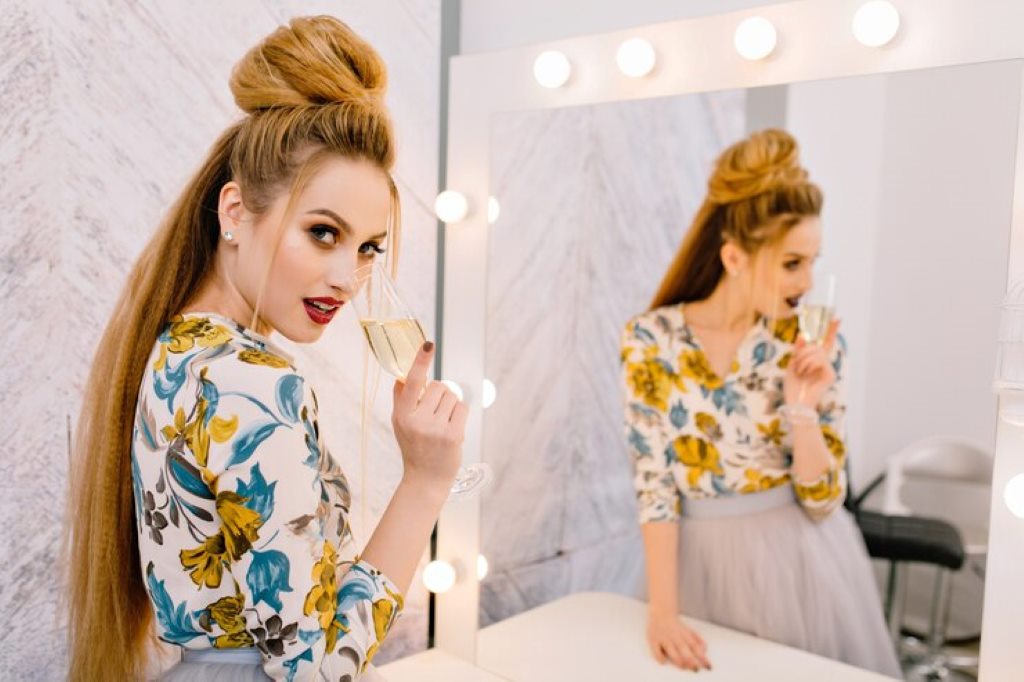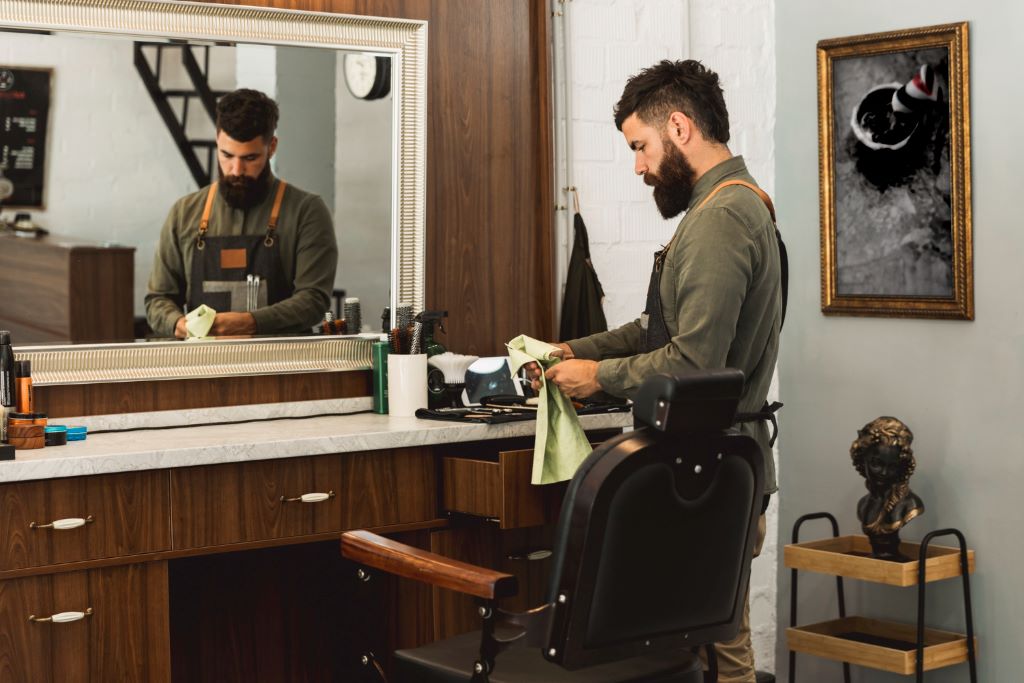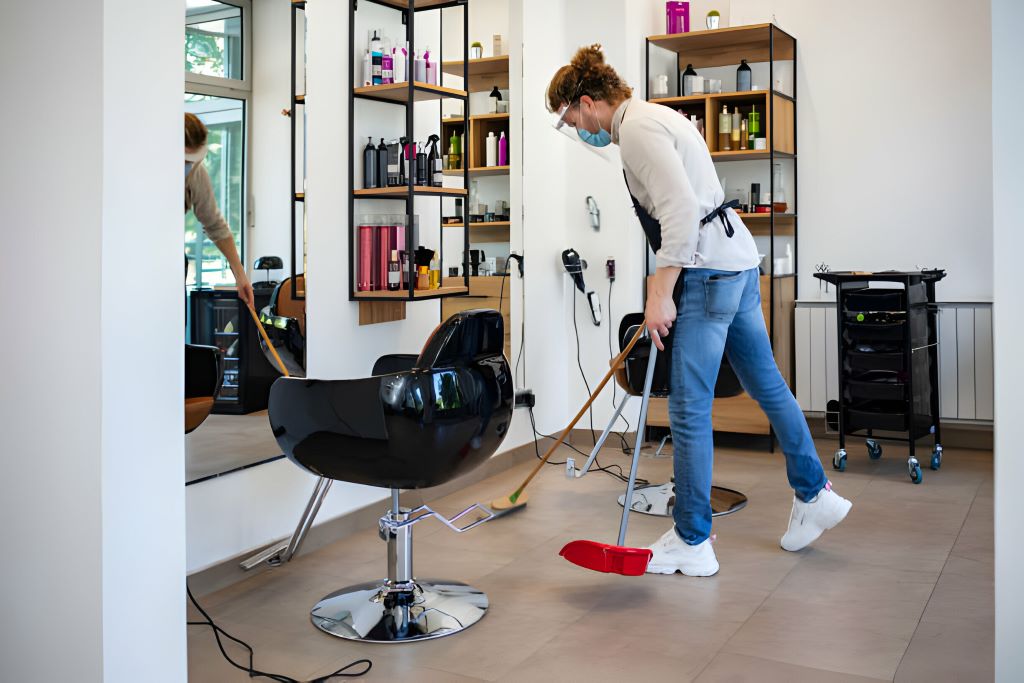Spring is not only a time for nature’s renewal but also a time for the fashion world to showcase its latest trends. As designers unveil their collections on the runways, fashion enthusiasts eagerly anticipate the newest styles in clothing, accessories, and makeup.
However, one often overlooked aspect of spring fashion trends is their influence on hair trends. Just as clothing styles evolve with each season, so do hairstyles, as they play an integral role in completing a cohesive look.
In this article, we’ll explore how the latest spring fashion trends are translated into hair trends, offering inspiration for salon-goers and hairstylists alike.
The Intersection of Fashion and Hair Trends
Fashion and hair trends have long been intertwined, with designers often collaborating with hairstylists to create harmonious looks that complement their collections.
Each season brings a fresh wave of inspiration, as designers draw inspiration from a myriad of sources, including art, culture, and nature. Hairstylists then translate these influences into wearable hairstyles that resonate with clients seeking to update their look for the season ahead.
1. Color Trends
One of the most noticeable ways that spring fashion trends influence hair trends is through color. Just as designers experiment with vibrant hues and playful palettes in their clothing collections, hairstylists incorporate these colors into their color palettes for hair dyeing and highlighting techniques.

Pastel shades, such as soft pinks, lavender, and mint green, are perennial favorites for spring, evoking a sense of freshness and femininity. Additionally, bold, statement-making colors, such as fiery reds and electric blues, make a splash on both the runway and the salon chair, offering clients the opportunity to express their individuality through their hair color.
2. Texture and Volume
Texture and volume are key elements in both fashion and hair trends, adding dimension and visual interest to overall looks. This spring, we’re seeing an emphasis on natural, lived-in textures that exude effortless elegance. On the runway, models sport tousled waves, loose curls, and unstructured updos that evoke a sense of relaxed sophistication.
Hairstylists translate these looks into salon-friendly styles by incorporating texturizing products and techniques that enhance natural hair texture and create movement. Whether it’s a tousled bob, beachy waves, or a messy bun, embracing texture is a versatile way to stay on-trend this season.
3. Statement Accessories
Accessories are another trend that seamlessly transitions from the runway to the salon chair, adding a touch of glamour and personality to any hairstyle. This spring, statement hair accessories are making a splash, with designers showcasing bold headbands, oversized bows, and embellished hair clips on the catwalk.
These eye-catching accessories serve as the perfect finishing touch to a variety of hairstyles, whether it’s a sleek ponytail adorned with a jeweled barrette or a voluminous updo accented with a statement headband. For salon-goers looking to elevate their hairstyle, incorporating statement accessories is an easy and affordable way to make a stylish statement.
Translating Fashion Trends into Salon-Friendly Styles
While runway looks may be avant-garde and editorial, the challenge for hairstylists is to translate these high-fashion trends into wearable, salon-friendly styles that suit their clients’ individual preferences and lifestyles.

This requires a keen understanding of current fashion trends, as well as the technical skill and creativity to adapt these trends to suit various hair types and lengths. Here are some tips for hairstylists looking to translate spring fashion trends into salon-friendly styles:
1. Consultation and Collaboration
Effective communication is key to ensuring that hairstylists and their clients are on the same page when it comes to achieving their desired look.
During the consultation process, hairstylists should take the time to discuss their clients’ style preferences, lifestyle, and hair concerns. By collaborating with clients and involving them in the decision-making process, hairstylists can tailor their recommendations to suit their client’s individual needs and preferences.
2. Customization and Adaptation
Not every runway trend will be suitable for every client, which is why hairstylists need to customize and adapt trends to suit each client’s unique hair type, face shape, and personal style.
Whether it’s adjusting the length of a haircut, modifying the placement of highlights, or experimenting with different styling techniques, hairstylists can use their expertise to create bespoke looks that flatter their clients and enhance their natural beauty.

3. Education and Training
Continued education and training are essential for hairstylists to stay current with the latest fashion trends and techniques. By attending workshops, seminars, and industry events, hairstylists can expand their skill set, learn new techniques, and stay inspired.
Additionally, staying active on social media platforms and following influential hairstylists and fashion bloggers can provide hairstylists with valuable insights and inspiration for creating on-trend looks for their clients.
Conclusion
From the runway to the salon chair, spring fashion trends have a profound influence on hair trends, inspiring hairstylists to create innovative and on-trend styles for their clients.
Whether it’s experimenting with bold colors, embracing natural textures, or incorporating statement accessories, hairstylists have endless opportunities to translate the latest fashion trends into salon-friendly styles that resonate with their clients.
By staying informed, embracing creativity, and prioritizing client collaboration, hairstylists can elevate their craft and empower their clients to look and feel their best all season long.



